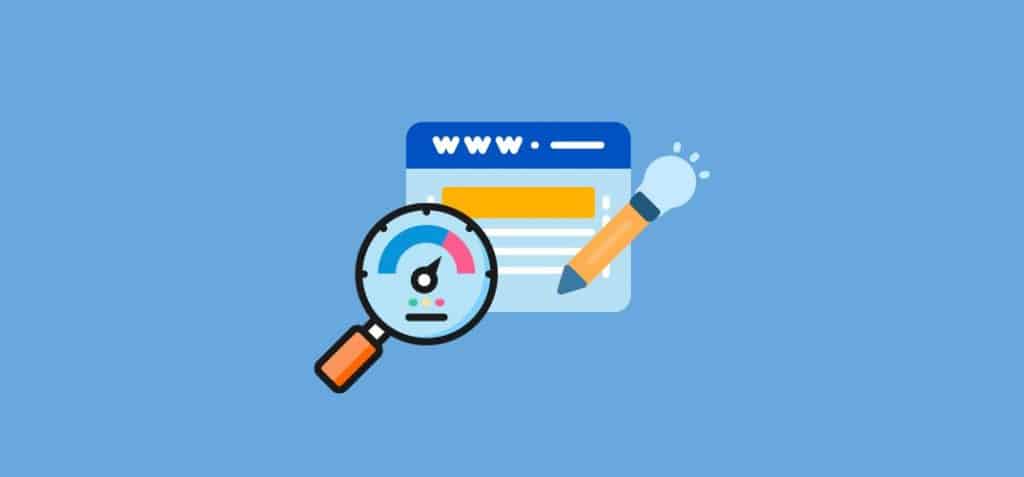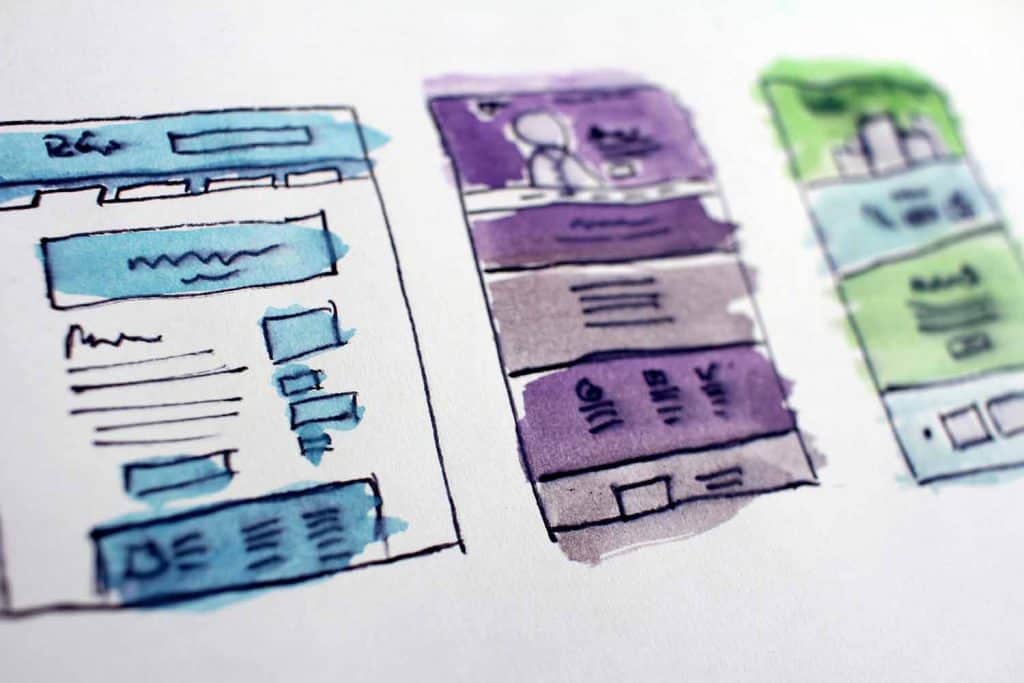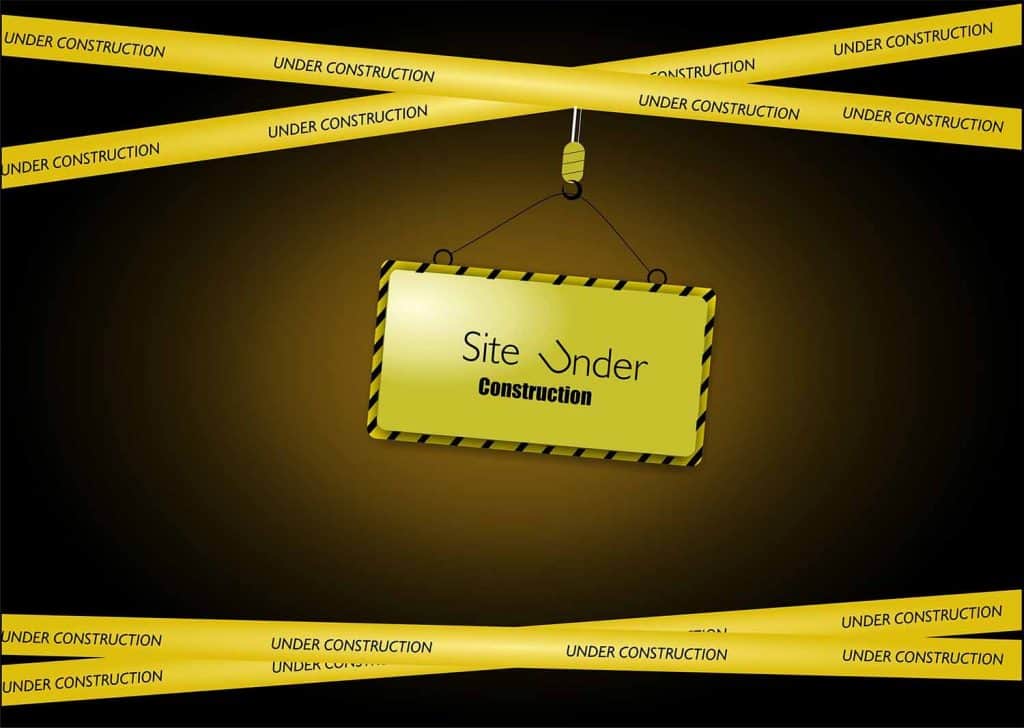In today’s world, the success of your business is deeply intertwined with how good your website and online presence is.
A slow-loading and underperforming website is a nightmare! If you are not satisfied with how your website is performing, then it is high time you look into ways to up your website’s speed and improve its overall performance.
In this blog, we’ll try to look into some strategies and expert tips to optimize your website for exceptional speed, responsiveness, and user satisfaction. Get ready to rev up your website and leave the competition in the dust!
What is Website Performance?
Website performance is the measure of how well your website delivers what it is supposed to deliver. It is measured by how quickly your pages load and display in the user’s browser.
A high-performing website will be lightweight, fast, and put together in a way that ensures the users easily get the information they are looking for.
You must know this, first impressions play a major role when it comes to a website. It can ensure either a loyal customer for life or a longstanding hater for your website.
How Important Website Performance Is?
Website performance affects everything including user experience, brand perception, visitor retention, SEO, conversions, and sales. It’s important to improve it if you want to run an effective website.
User experience (UX) improves drastically with better website performance. This will influence your visitors and compel them to stay longer on your website.
Brand perception is built through customers’ interaction with your brand. Your website must be one of the first touch points for them to come into contact with you. Make a positive impression with solid website performance.
Visitor retention is another aspect that improves with better website performance. To put it simply, when somebody had a positive experience on your site, they are much more likely to come back.
The bounce rate increased by 32% when a page load time increased from one to three seconds.
SEO of your website is deeply impacted by your website performance, which has its own importance when it comes to Google’s SEO algorithms.
Conversions and sales are so much in sync with website performance. Page speed even impacts buyers’ willingness to buy from an online business.
Importance of Page Speed and Load Time
Faster page speed and lesser load time, are the most important criteria for any high-performing website. And that’s among a few options through which your website can create a good first impression.
A high-performing website gives better results in all aspects including high return rates, lower bounce rates, higher conversions, engagement, higher SERP ranks, and excellent user experience.
Whereas slow and under-performing websites will cost you money, and reputation. It will also make it difficult for your marketing and sales processes.
With lesser load time, converting website visitors into customers will be easy. On the contrary, slow website loading will increase the bounce rate, which will eventually affect your ranking and impacts the site’s success.
How to Measure Website Speed?

Measuring website speed is an important step you need to take before you implement various measures to improve website speed and performance.
This will let you understand how much your website has improved with all the changes you have made. It will also help you realize which are the factors that have a huge impact on your website. Your end goal is to make your page load time under 3 seconds.
Website speed and performance can be assessed by measuring metrics such as Largest Contentful Paint, First Input Delay, and Cumulative Layout Shift. These are the Core Web Vitals by Google.
Core Web Vitals In Detail
Core Web Vitals are used by Google to assess a user’s experience on a web page. Let’s see how these Core Web Vitals are used;
- The Largest Contentful Paint is used for measuring page-loading performance. It is a metric to measure the time a website takes to show the visitor the most significant content on the screen. It considers only content that appears without scrolling. You should try to keep this metric under 2500ms for better website performance.
- First Input Delay is used to assess the ease of interaction. This is a metric that measures the time from when a user first interacts with your website, by clicking on a link or by tapping on a button that leads to your website, and to the time when the browser is able to respond to that interaction. It is recommended to keep this metric under 100ms.
- Cumulative Layout Shift (CLS) is for measuring visual stability. It measures how much a webpage shifts, these happen due to content loading at different speeds. In simpler terms, it measures the jumpiness of the website. Thus, keep a good CLS score of 0.1 or less to lower your bounce rate.
You can also try out several performance evaluation tools like Google Pagespeed Insights, Pingdom, Yslow, and Performance Budget Calculator to have an accurate measurement of the above-mentioned metrics and more.
Performance Evaluation Tools
- Google Pagespeed Insights runs free performance tests on your site and provides recommendations on how to improve your website.
- Pingdom is a website speed-testing tool with useful features. It has both free and paid monitoring plans to track websites’ performance history, make data-driven recommendations on ways to improve speed, and generate valuable insights and easily understandable reports.
- YSlow is there to provide recommendations that could improve page performance, draws statistics, and summarizes all components.
- Performance Budget Calculator is another free tool that will help you figure out the best content for optimum website performance.
Guidelines to Speed-Up Your Website
Once you have a proper assessment report of your website performance, the next step is to implement the website speed optimization techniques. It will improve the performance further.
We have gathered some of the main factors that affect site speed and the most effective methods that will make your website work faster. Let’s dive into that!
1. Use a Content Delivery Network
Delivering web content required to load your site will take a longer load time if all the data is stored in one place or one server. If you are hosting your website on a single server, then all user requests are sent to the same server. This increases the time taken to process each of these requests. Along with that, distance from the server further increases the load time.
A Content Delivery Network (CDN) is a group of geographically distributed servers whose purpose is to speed up the delivery of web content. The server closest to your visitor will be delivering the files and CDNs optimize the delivery of static files such as images, fonts, and CSS to your visitors.
For a better understanding, we can say that a CDN is analogous to an ATM. CDN makes website loading faster and more efficient; just like an ATM makes money withdrawal fast, efficient, and comfortable.
With CDN, the requests can be redirected to the nearest server. Therefore, the content will reach the user quickly and the website will work faster. Anyway, it is a little bit on the expensive side. But it can definitely play a huge role in the success of your website.
2. Opt for the Right Hosting Service
It is crucial for your website to choose the right hosting plan and service provider. If necessary you should look into upgrading your current hosting plan and managed hosting service is another thing you should give some thought to.
Let’s have a look at some of the popular types of hosting:
- Shared hosting: In this hosting type, the resources of the server are shared with other customers. CPU, disk space, and RAM are shared with other sites using the same server. It is the cheapest hosting plan which will help you get your site online in a short period of time, but you shouldn’t expect any stellar performance.
- VPS hosting: This hosting uses virtualization technology to create multiple virtual servers. With VPS, you share your server with other users but will have your own virtual server and resources. Scaling up is much easier with VPS hosting.
- Dedicated server: In a dedicated server, you can have your own physical server all to yourself.
Figure out what kind of hosting your website requires and choose the one that will give you optimal website performance.
3. Optimize Image Sizes
Graphics and Images can be used to make a website more interesting and interactive to the visitor. At the same time, if the images are not optimized correctly it could also slow down your website’s performance. Thus, the same images will be counterproductive if not used wisely.
Responsive image technologies can solve the problems like wasting bandwidth and increasing load time by letting you offer the browser several image files, either all showing the same thing but containing different numbers of pixels (resolution switching), or different images suitable for different space allocations (art direction).
Make sure that you use the correct file type as well. Use JPEG for photos and PNG for simpler graphics!
4. Reduce the Number of Plugins
Plugins are a piece of software that adds new features or functionality to existing applications. These are commonly used on websites that are built with content management systems like Bigcommerce, WordPress, Joomla, and Drupal. These plugins make managing websites easy, but they do come at a cost.
There is almost no doubt that each plugin will load additional CSS and JavaScript files. Additionally, some plugins will increase the TTFB (Time to First Byte)time because they require additional server processing.
So, what we can do is go through the plugins list and make sure that we are only using plugins that we really need and make our work easier.
5. Minify HTML, Javascript, and CSS Files
Minification involves removing unnecessary or redundant data without changing how the resource is interpreted by the browser. For example, deleting code comments, formatting unused code, and shortening variable and function names.
Google PageSpeed Insights have some recommendations that will help you minify and compress your HTML, CSS, and Javascript;
- To minify HTML, try HTML minifier
- To minify CSS, try CSSNano and csso
- To minify JavaScript, try UglifyJS
6. Reduce the Number of HTTP Requests
HTTP request is a request made by the client to access a resource on the server, like images, stylesheets, and scripts from a web server. Every such request adds to site load time and as your site grows, it creates a noticeable delay in website loading time.
What you can do is eliminate requests that are simply unnecessary. Find out your minimum render time and load only necessary external resources. Removing any unnecessary images, JavaScript files, stylesheets, fonts, and plugins will help you with reducing the number of HTTP requests. And the remaining files should be compressed or minified with the right software.
7. Write a Mobile-Friendly Code
Smartphone usage is seeing exponential growth, thus it’s not hard to understand why mobile-friendly websites are very much in demand. To keep up with the trend, your website should be written in mobile-friendly or mobile-first code.
There are 5.48 billion unique mobile phone users in the world today, according to the latest data from GSMA Intelligence.
Normally, what developers do is, write and test websites on desktop devices and later optimize the website for mobile devices, this method is on a downward trend now. Because writing code for mobile devices and then adjusting and optimizing it for website devices is a much more straightforward process. Thus, you can make your website mobile-friendly in an easy manner.
8. Use Website Caching
Caching is the process of saving a version of your files in a temporary storage location and it can be accessed faster.
With caching, the server workload will come down due to bandwidth consumption and page load time reduction. Basically, you’ll always have two versions of your website at any given time, which is a downside. It may cause issues if you run a real-time service that relies on accurate data, but even that can be addressed to some degree by clearing a subsection of the cache when new data is imported.
9. Gzip Compression
So, when the user request for an HTTP file from the server, it responds with a large HTML file which will take some time to load on the browser. But this problem can be easily resolved with the help of Gzip compression.
What exactly is Gzip compression? In this method, the large HTML file is first compressed before sending it to the browser, which can be then downloaded and extracted at the browser end. This will ensure a quicker page load and will let you save on bandwidth.
10. Detect 404 Errors
A 404 error means that the page could not be found. When a browser or search engine accesses a page that no longer exists, the hosting server displays this message. A 404 error can be detected and corrected using error detection tools and plugins.
After you’ve detected all 404 errors, you should assess how much traffic they generate. If these pages no longer get any visits and thus never consume your server resource, then you may leave them as they are. If these pages are still well visited, you should set up redirects for external links and correct the link addresses for the internal links.
Otherwise, they will waste the time of a visitor, but with proper redirection, you can avoid that.
Wrap Up!
Improving website performance and website optimization should not be a one-time thing. It should be one of your priorities if you want your website to be a success.
Regularly test and monitor your website’s performance and make necessary changes accordingly for better performance and page speed.
Keep the guidelines mentioned above in check and you are good to go!


